Roofing Services in Lambeth are essential for protecting your property’s value, structural safety, and comfort—preventing costly leaks, damp, and energy loss. Our team brings authority and reliability to every project across London and the Home Counties, ensuring each roof is delivered with meticulous compliance, genuine care, and lasting performance for homes and businesses.
Benefit from decades of experience, Which Trusted Trader and CITB accreditations, and first-class materials from Welsh Slate, ALM Lead, and Kemper. Book a free survey today and protect your property.

Ignoring roofing problems often leads to persistent leaks, structural damp, and increased energy bills. Every delay magnifies the risks and expense, putting your property’s long-term integrity on the line.

A professional Roofing Services in Lambeth approach resolves these vulnerabilities—restoring weather protection, energy efficiency, and full building regulation compliance. Homeowners gain peace of mind, landlords protect investments, and commercial clients achieve a safe, efficient workplace. Proactive roofing isn’t just maintenance; it’s securing your asset for every scenario.
Our Roofing Services in Lambeth cover installations, repairs, upgrades, and dedicated restorations for all property types. Every service focuses on long-term durability, regulatory compliance, and the use of market-leading materials from trusted suppliers. Whether working on a period home, apartment block, office, or heritage building, we tailor solutions for lasting safety, value, and visual appeal.
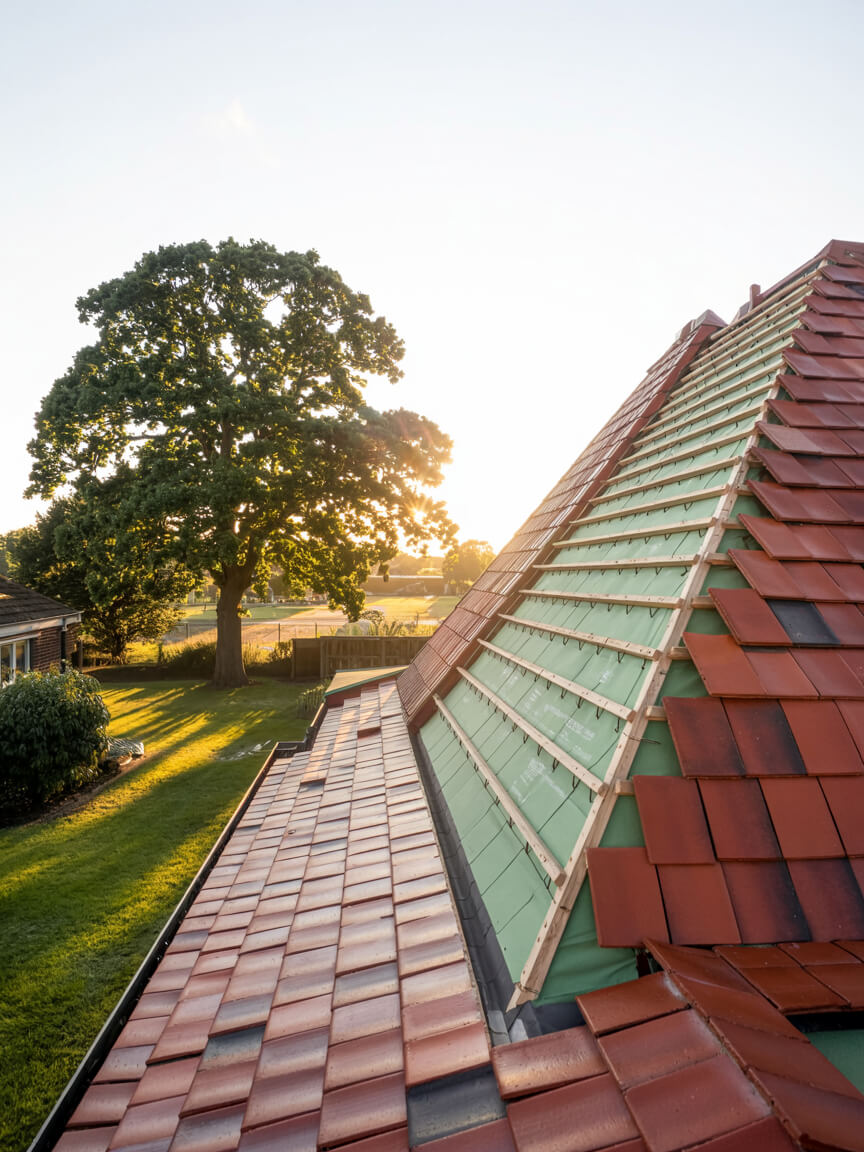
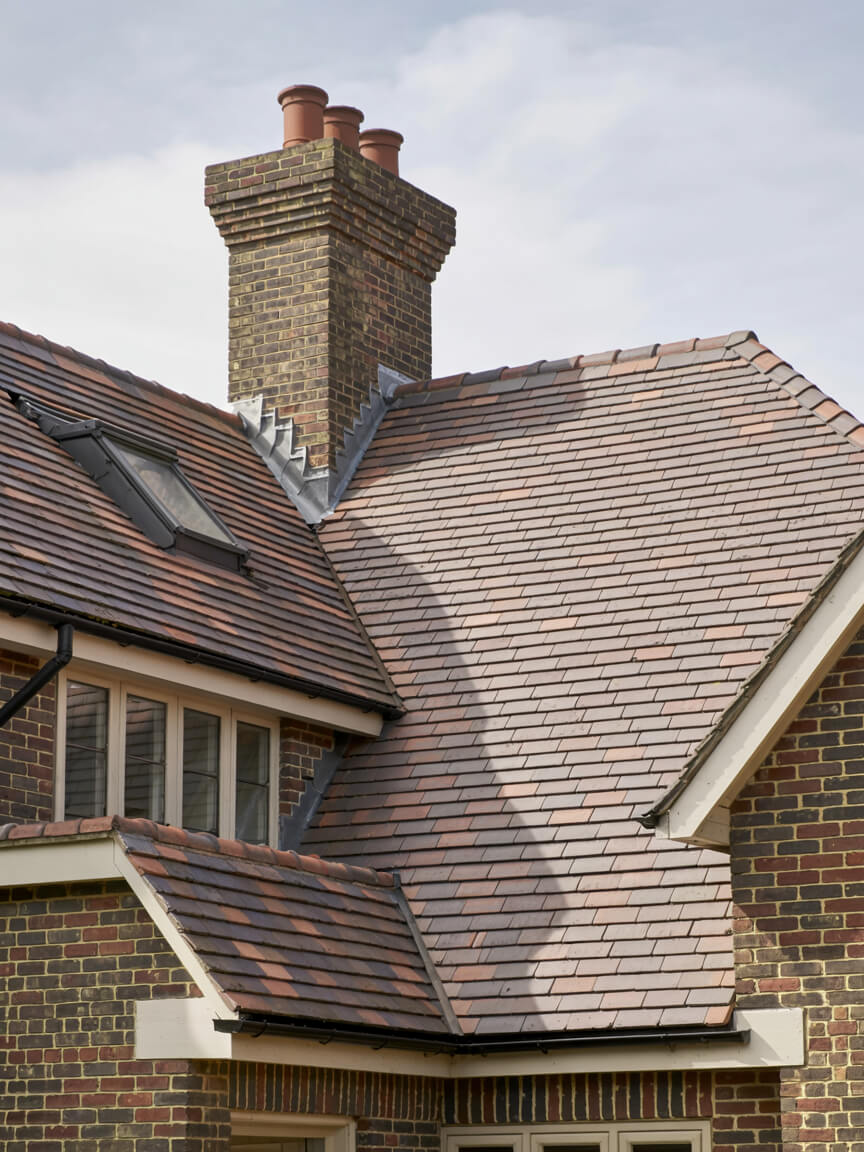
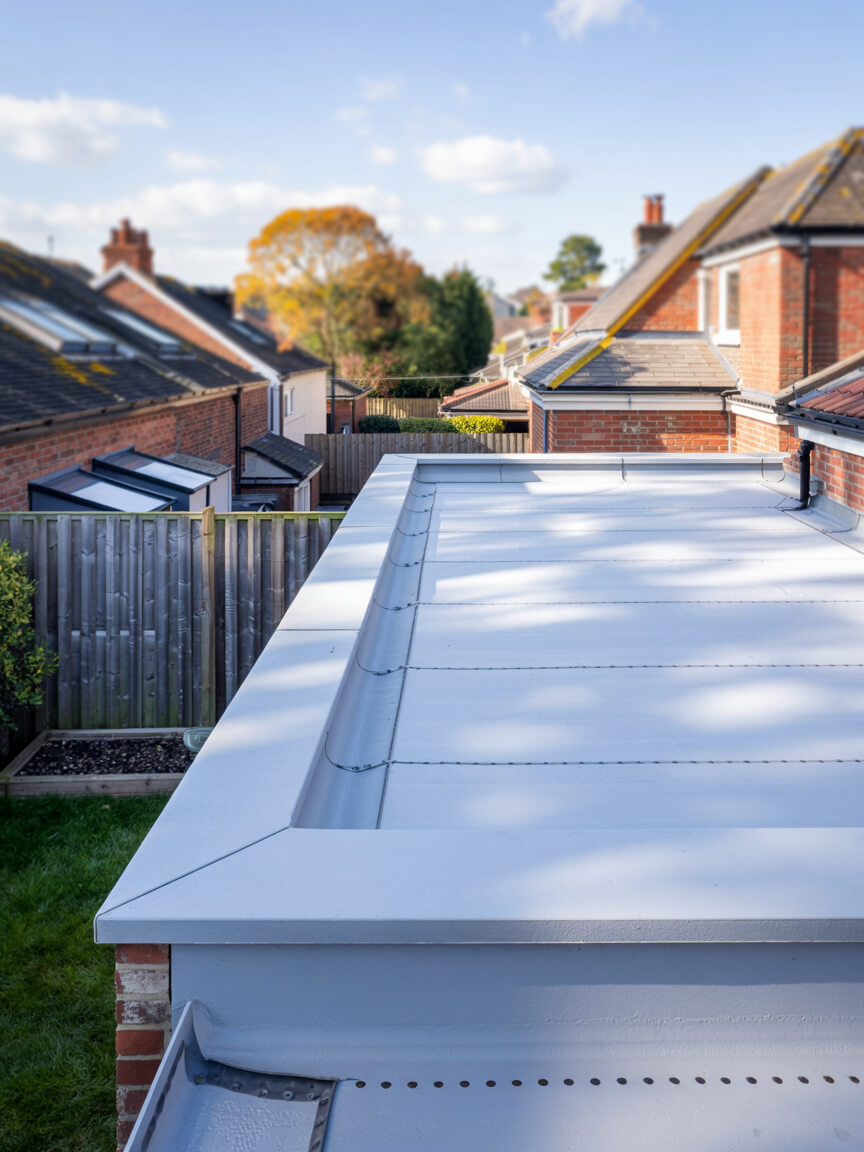
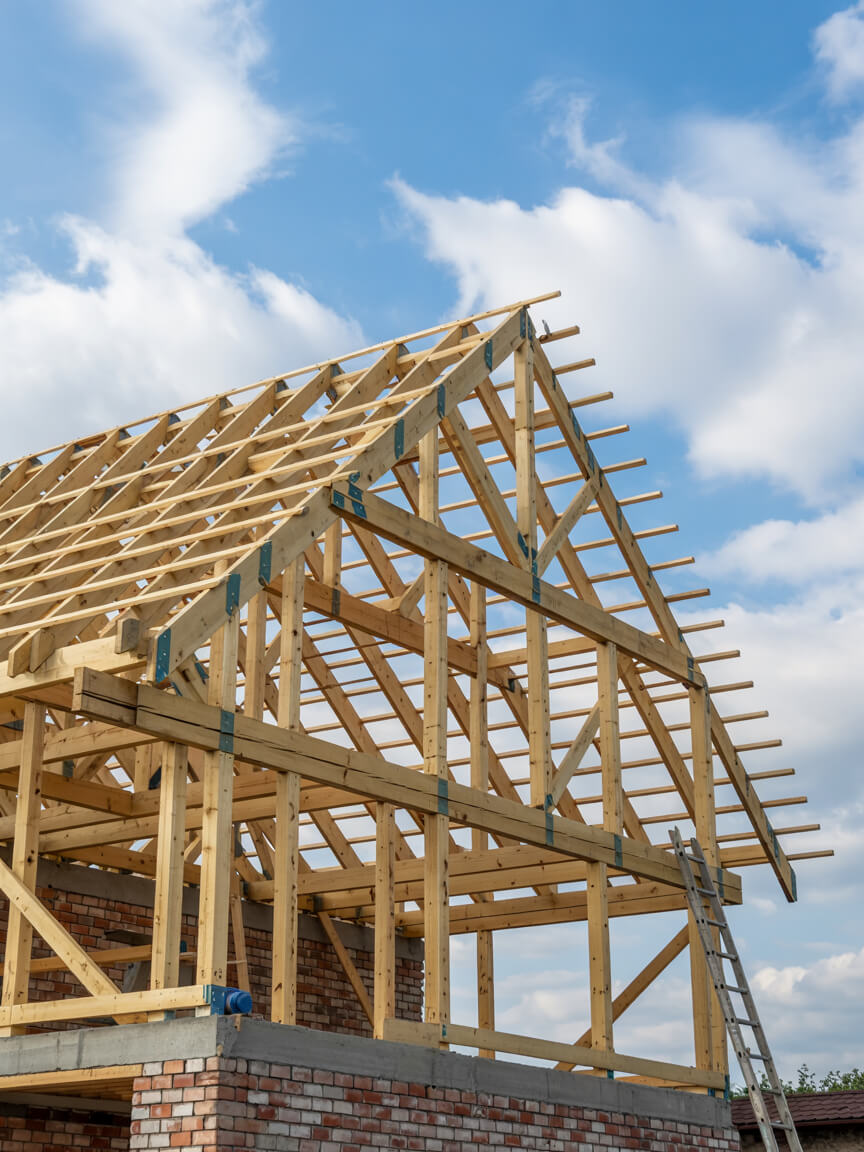
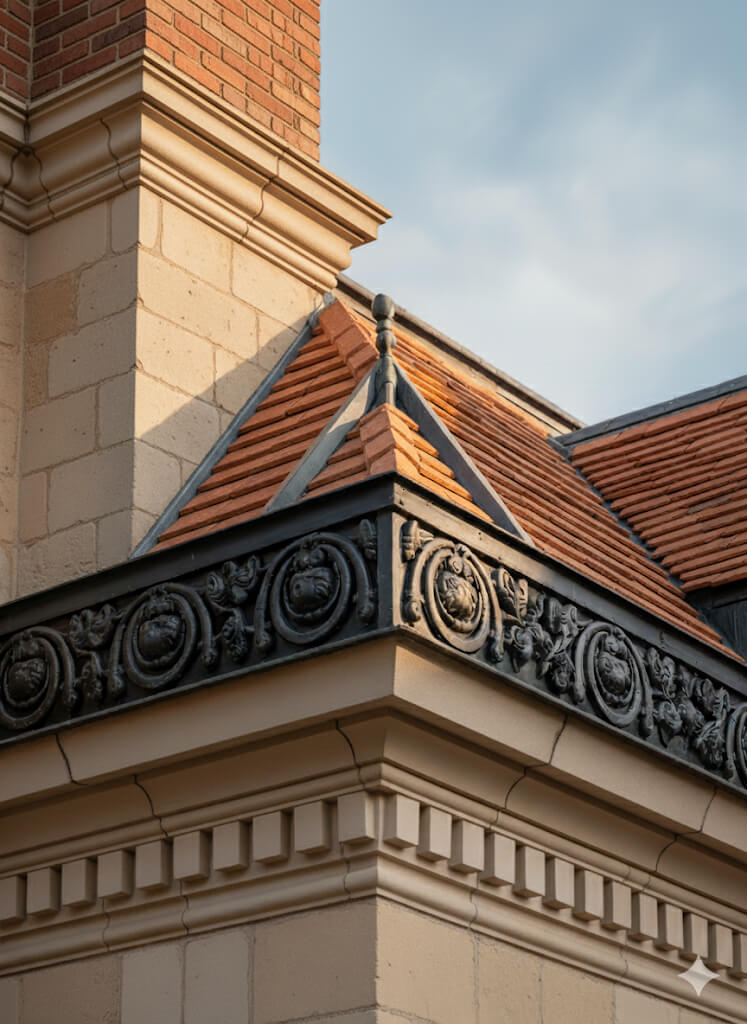
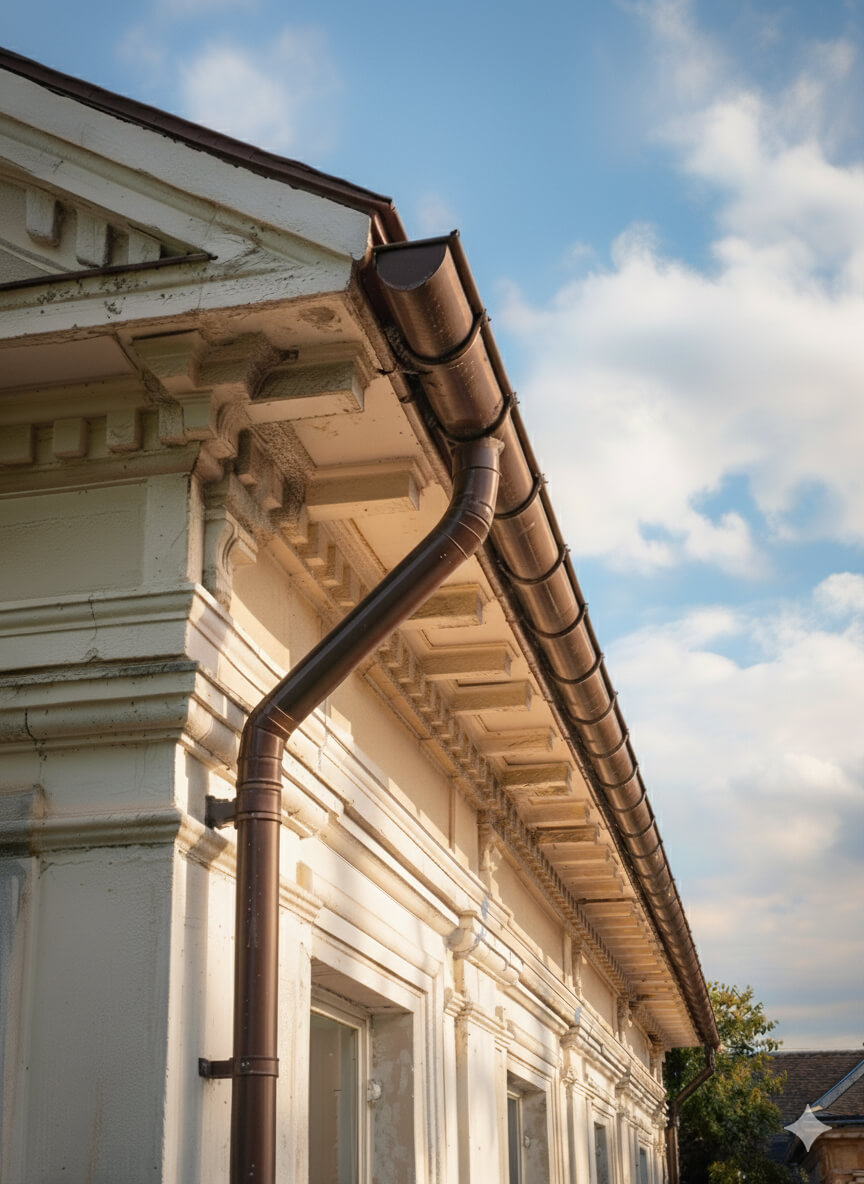

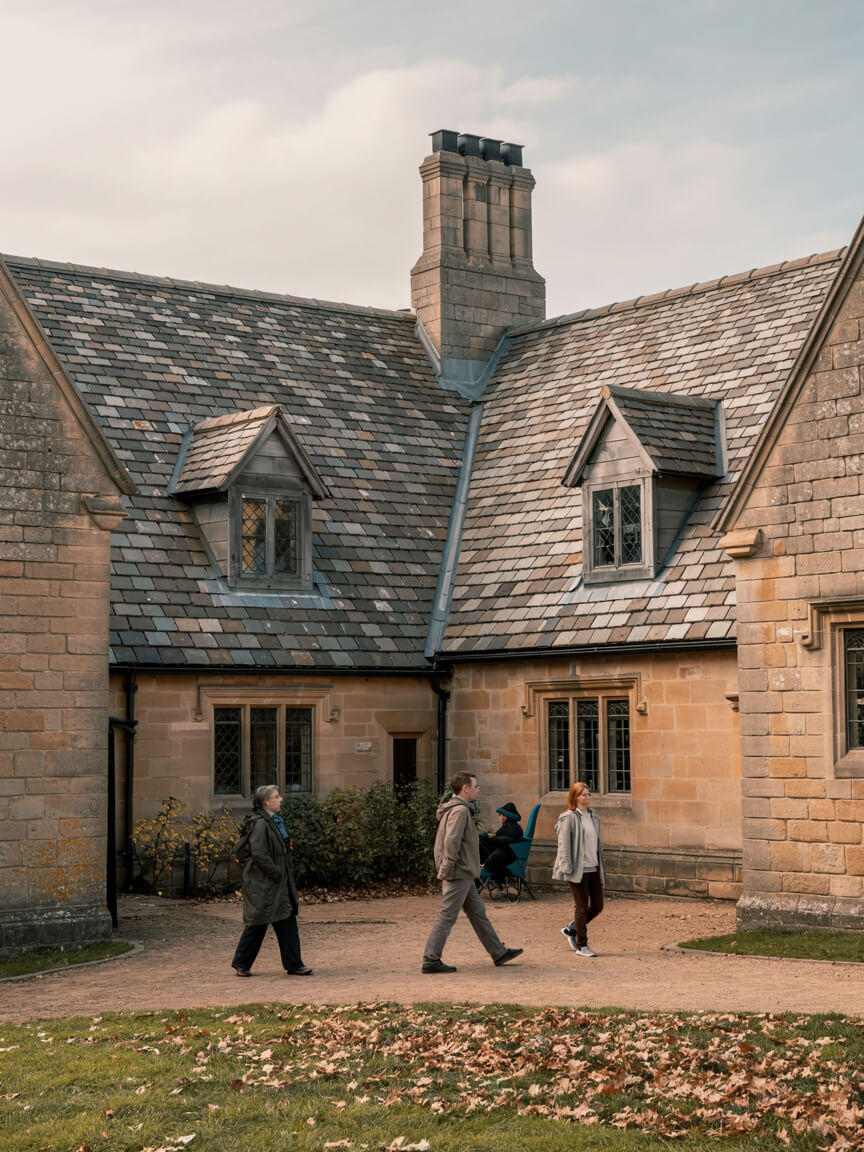
Every Roofing Services in Lambeth project is adapted to property type, roof structure, and environmental demands. Tailoring ensures compliance with regulations, minimises disruption, and maximises long-term value. From homes and businesses to industrial sites and listed heritage buildings, our flexible approach guarantees roofing solutions that meet unique needs while delivering safety, efficiency, and reliability.
Homes, extensions, and listed buildings.
Offices, retail, schools, and hospitality.
Warehouses, factories, and logistics sites.
Every Roofing Services in Lambeth project follows proven steps with quality materials. Whether a new installation, upgrade, or repair, each layer adds durability, safety, and efficiency—tailored to protect your property and meet regulatory standards.
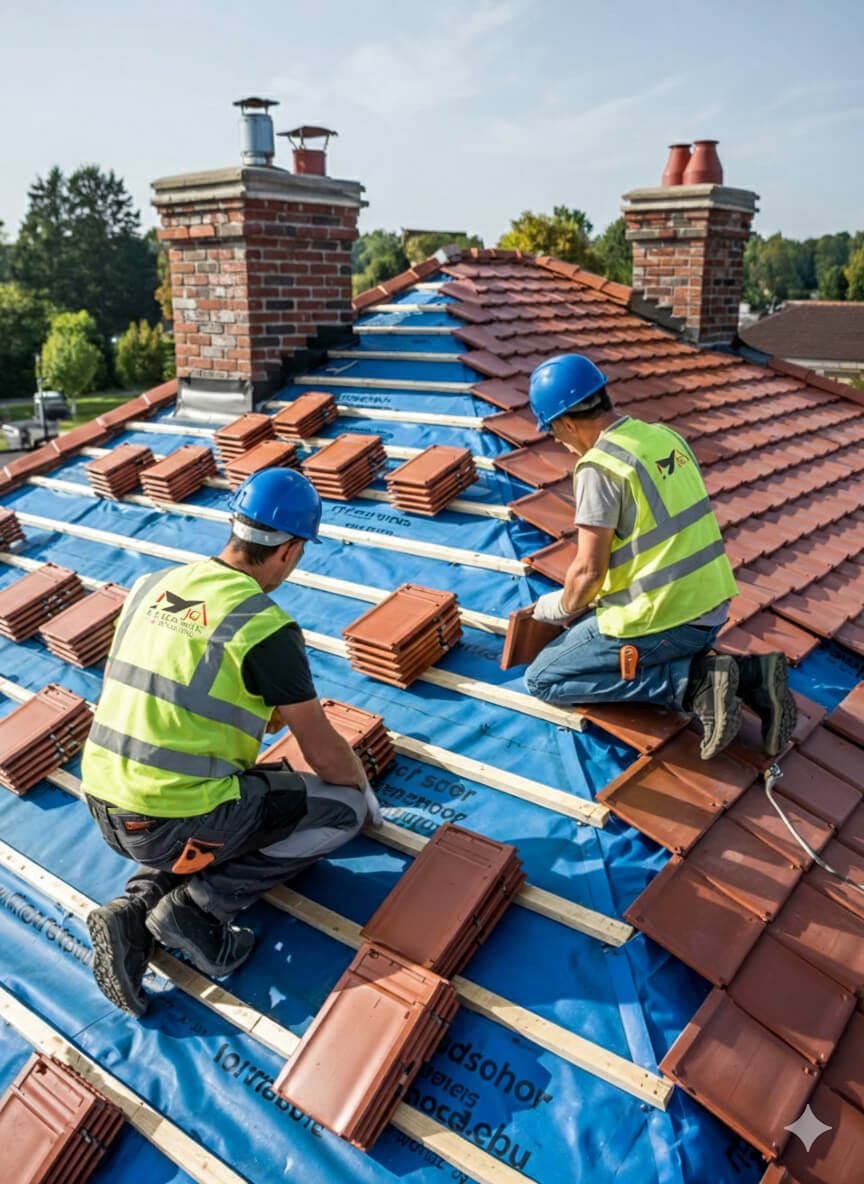
Get a free, no-obligation quote today.
Our experts are standing by to help you choose the perfect flat roofing solution.
⏱ Response within 24 hours guaranteed
Accredited by Which Trusted Trader, CITB, and approved by Kemper and Westwood, our team delivers safe, compliant, and warranty-protected Roofing Services in Lambeth projects. These credentials mean guaranteed standards and long-term assurance—reinforced by the positive client reviews that consistently highlight quality, professionalism, and trust.


Complete reroofing. Living in Singapore at the time and T was super responsive and communicative.
Replacement of lead box gutter and new flashing to parapet wall. I had an excellent experience using James and the team. He was very prompt in all aspects of communication and completed a first class job. Really pleased.
James completed some repairs on our roof and replaced some of our pebble dash by the roof as well. He was very thorough and fixed everything. He kept us really informed by taking photos and showing us what he did and keeping us updated. It also went onto our neighbours roof and he did the same fo...
We had a leak in our bedroom and James fixed the roof for us to stop it from leaking. All the work came with a warranty. The work that was carried out was good. James and his team were polite, and did all the work quickly and without too much interruption to our day-to-day lives. Would recommend ...
J G Leadworks have repaired and replaced the roofs and gulleys over our warehouse and workshops which have meant both areas are now watertight
James and team were incredibly responsive to my request to look at a serious leak issue on my flat roof. They did a very thorough investigation and explained in detail the issue and gave a fair quote. They were quick to book in and complete the work and have checked in afterwards a few times to m...
James was quick to respond to the initial contact and was able to work around some time constraints I had. He explained what needed doing clearly and was happy to answer follow up questions. He took pictures to show each stage and I feel confident in the work that was done by James and the team. ...
JG Roofing were very easy to work with. Their quote was sensible and they stuck to that figure. They completed many repairs to my roof including, rebuilding a leaded gutter, reinforcing rotten rafters, rebuilding a long felted gutter and felting parapet walls, resurfacing and felting a flat roof,...
Planning and legal checks protect clients from costly errors, delays, and non-compliance, ensuring roofing projects meet regulatory and safety requirements.
Permission is typically required for listed properties, conservation areas, or major roof alterations. All projects must also satisfy Building Regulations, including Part A (structural safety) and Part L (energy efficiency), ensuring compliant and future-proofed installations.
Our team manages the full process, from initial surveys to legal guidance, preparing documentation, and liaising with local authorities where needed. Whether working on modern homes or heritage sites, we ensure every project is delivered legally, safely, and with minimal disruption—providing complete reassurance and peace of mind to property owners.

Every project unites skilled workmanship with rigorously tested materials.
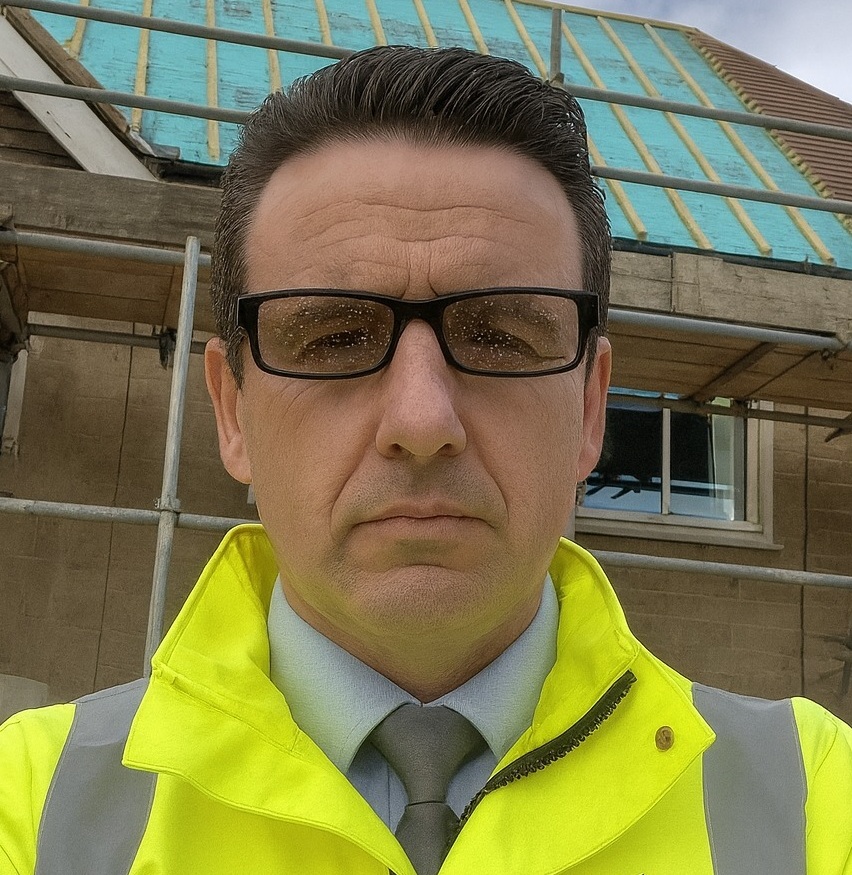
With 25 years of experience in lead sheet roofing, James is a trusted expert in heritage roofing, slate, and tiling. His knowledge of traditional methods, paired with modern compliance, makes him a go-to specialist for projects that demand both craftsmanship and durability.
Roofing Services in Lambeth provides lasting protection, efficiency, and value, delivering durable, compliant roofing solutions that safeguard every type of property investment.
Selecting Roofing Services in Lambeth involves balancing durability, budget, compliance, and aesthetics to secure the best-fit roofing solution for your property.
Why Clients Choose JG Leadwork and Roofing
With decades of trade experience, our teams understand the unique demands of London and Home Counties roofing. From heritage-listed properties to contemporary extensions, we adapt solutions to local regulations, weather conditions, and architectural styles with precision.
Accredited by Which Trusted Trader, CITB, and approved by Kemper, Westwood, IKO, ALM, and other leading suppliers.
These credentials guarantee safety, compliance, and access to manufacturer-backed warranties, giving clients peace of mind that their project meets the highest professional standards and benefits from warranty protection.
Our heritage projects use Welsh Slate and handmade clay tiles for authenticity, while leadwork is delivered to Lead Sheet Association (LSA) standards. Commercial installations employ Kemper and Westwood liquid systems for durability and efficiency. Each example demonstrates our reliability, blending traditional craftsmanship with modern performance.
Our workforce includes skilled roofers, heritage specialists, and safety-certified installers.
Every roofer holds NVQs, receives ongoing CPD training, and is qualified in both modern flat systems and traditional techniques, including slate and leadwork.
Team structure ensures projects run smoothly—surveyors identify needs, installers deliver with precision, and supervisors oversee compliance. This approach minimises disruption, accelerates timelines, and guarantees consistent quality across residential, commercial, and industrial roofing projects.
Every project is regulation-compliant, warranty-backed, and focused on long-term results.
Client testimonials and case studies confirm our track record, with projects praised for professionalism, durability, and customer support.
We go beyond installation with aftercare packages, maintenance support, and open communication at every stage. Property owners gain reassurance that JG Leadwork and Roofing stands behind its work. Book a free survey today and discover why homeowners, landlords, and businesses trust us with their roofing.

Get a free quote, rapid response, and expert service across London and the Home Counties. Contacting JG Leadwork and Roofing is your simple first step to dependable roofing solutions.
We source materials from leading suppliers including Supreme and IKO felt systems, Kemper, Westwood and Proteus liquid systems, Welsh Slate, handmade clay tiles, ALM Lead Mills, and Nicholson Air Track. These trusted brands guarantee durability, compliance, and warranty-backed performance across flat, pitched, heritage, and commercial roofing projects.
.
.
For homes, Roofing Services in Lambeth safeguards comfort and enhances kerb appeal with durable, energy-efficient systems. Whether modern extensions or traditional pitched roofs, tailored solutions improve living standards and protect property value.
For businesses, Roofing Services in Lambeth delivers cost-effective, large-scale installations with minimal disruption. Projects are planned around operations, with safety compliance, energy performance, and flexible scheduling built in—supporting offices, retail, schools, and industrial facilities with reliable, regulation-ready outcomes.
For heritage properties, Roofing Services in Lambeth combines authentic materials such as Welsh slate, handmade clay tiles, and ALM lead with skilled conservation techniques. Listed building consent and conservation requirements are fully managed, ensuring traditional character is preserved while integrating modern weatherproofing. This careful balance provides long-term durability without compromising historic integrity or aesthetic value.
JG Leadwork and Roofing delivers Roofing Services in Lambeth across housing, commercial, heritage, and public sectors. Every industry comes with unique requirements, from safety and compliance to efficiency and conservation. Our adaptability ensures projects are delivered with precision and professionalism—whether safeguarding homes, supporting business continuity, preserving history, or protecting critical public and healthcare facilities.
Durable roofing installed with minimal disruption, ensuring safe, regulation-compliant workspaces for staff and visitors.
High-standard, compliance-focused solutions protect community facilities while meeting strict safety and regulatory obligations.
Heavy-duty roofing tailored for wide spans, ventilation, and long-term maintenance efficiency.
Authentic materials and sensitive methods preserve historic character while adding modern protection.
Weatherproof systems that enhance kerb appeal and guarantee uninterrupted trading for outlets.
Tailored roofing improves guest comfort, safety, and ambience across hotels, restaurants, and venues.
Safe, durable systems designed for schools and universities with minimal learning disruption.
Specialist roofing solutions built for hygiene, safety, and regulatory compliance in medical environments.
Our team of NVQ-qualified roofers, LSTA-trained specialists, and health & safety-compliant professionals bring decades of combined experience. Every project is delivered with meticulous attention to detail, ensuring safe practices and consistent quality across flat, pitched, heritage, and commercial roofing disciplines.
Expertise includes heritage leadwork, slate and tile roofing, modern flat systems, and drone-assisted roof surveys. Ongoing CPD training ensures adaptability to both traditional craftsmanship and the latest innovations—giving clients confidence that every roof is built or repaired with proven skill and care.

A thorough survey highlights existing issues, structural considerations, and upgrade opportunities, ensuring the best-fit solution is identified from the very beginning.
Transparent, itemised quotes detail costs, timelines, and materials—giving you complete clarity and confidence before work starts, with no hidden surprises.
Scaffolding, access solutions, and robust safety measures are put in place to safeguard both property and people throughout the project.
Skilled roofers complete the work using accredited materials and proven techniques, delivering durable, compliant results while keeping disruption to a minimum—whether for repairs, replacements, or new installations.
Each stage is inspected against manufacturer standards and Building Regulations, with photographic documentation provided for transparency and peace of mind.
Each stage is inspected against manufacturer standards and Building Regulations, with photographic documentation provided for transparency and peace of mind.
In a competitive roofing market, many providers look the same on paper. JG Leadwork and Roofing stands out through proven expertise, accredited methods, and specialist techniques. Our combination of traditional craftsmanship and modern technology makes us the safer, smarter choice across residential, commercial, industrial, and heritage projects.
In a competitive roofing market, many providers look the same on paper. JG Leadwork and Roofing stands out through proven expertise, accredited methods, and specialist techniques. Our combination of traditional craftsmanship and modern technology makes us the safer, smarter choice across residential, commercial, industrial, and heritage projects.

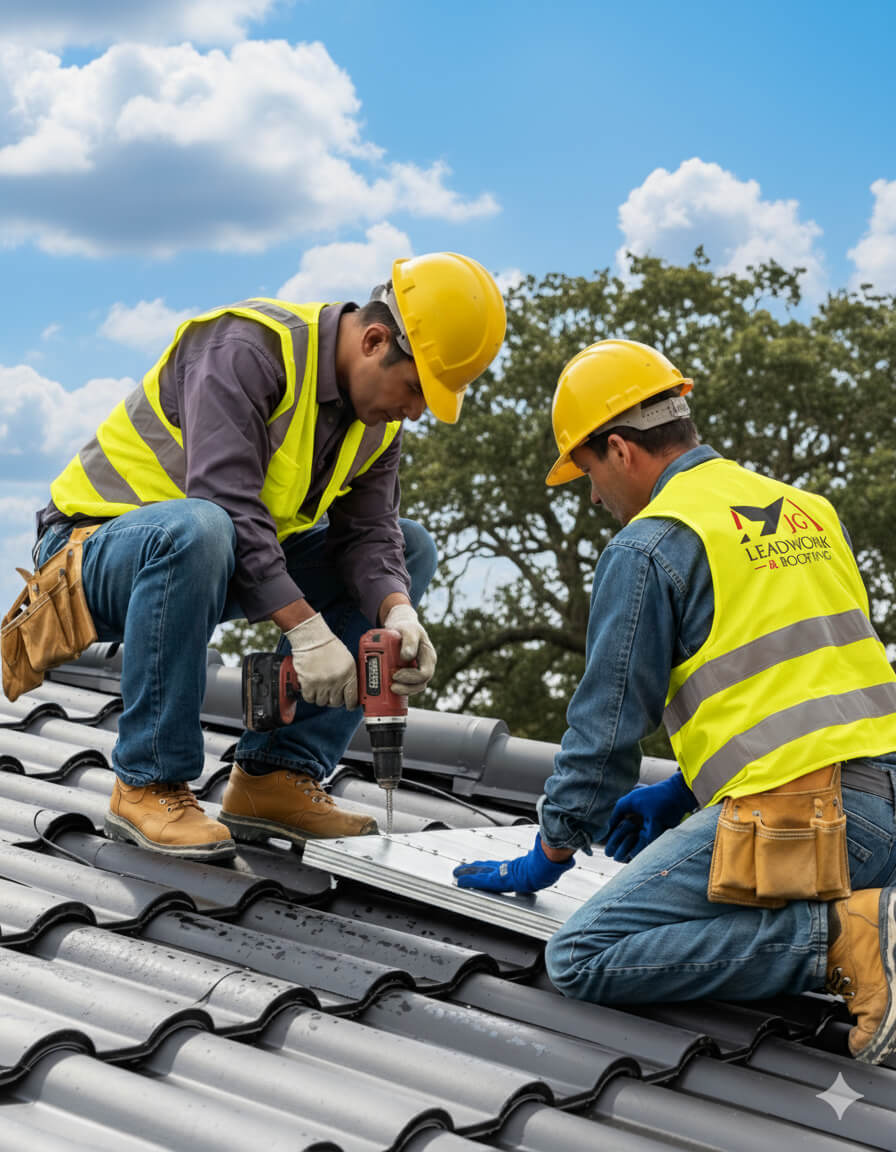
At JG Leadwork and Roofing, every project follows a structured QA process. Each stage—materials, installation, safety, and final sign-off—is measured against manufacturer specifications and UK Building Regulations to ensure durability, compliance, and warranty-backed performance across all roofing services.
Projects are only signed off once all QA checks are complete, giving clients confidence in long-term performance, structural safety, and insurance-backed peace of mind.
Every Roofing Services in Lambeth project by JG Leadwork and Roofing is delivered in strict alignment with UK Building Regulations and recognised frameworks. This ensures structural safety, energy efficiency, durability, and protects warranties and insurance coverage across residential, commercial, industrial, and heritage properties.
Clients can be confident their project is completed legally, safely, and insurance-ready—delivering long-term performance, compliance assurance, and complete peace of mind.
Property owners often wonder about Roofing Services in Lambeth—from costs and timescales to permissions. Below, you’ll find straightforward, trustworthy answers to the most frequent and practical queries.
Roof leaks following heavy rainfall are a common source of disruption for property owners in Lambeth, and can lead to costly interior damage, mould growth, or even structural decay if not managed swiftly. In the UK’s unpredictable weather—marked by driving rain, freeze–thaw cycles, and wind uplift—identifying the exact cause is crucial for effective, long-lasting repairs. Below is a breakdown of the most common technical mechanisms and contributing factors you’ll encounter, along with practical advice on inspection and early detection for residential, commercial, and heritage buildings alike.
Roofs depend on a continuous waterproofing barrier—which can be an underlay membrane beneath tiles, a single-ply membrane on flat roofs (such as EPDM or bitumen felt), or composite layers in more complex systems. Over time, exposure to UV, standing water, thermal movement, or age-related wear can cause these membranes to split, blister, or develop pinholes. Once compromised, water follows the path of least resistance, often travelling before it appears internally as a damp patch.
Flashing—typically installed at chimneys, roof valleys, or transitions from roof to wall—is designed to create a watertight seal at vulnerable joints. Over time, lead (or alternatives like zinc or proprietary tapes) may crack, slip, or lose adhesion, especially when subjected to thermal expansion or poor workmanship. Gaps or splits in flashing are prime entry points for wind-driven rain.
Certain external and design-related factors can significantly raise the risk of post-rain leaks:
| Root Cause | Typical Symptom | Key Risk if Ignored | Indicative Remedy |
|---|---|---|---|
| Membrane Deterioration | Damp/staining near ceilings | Timber decay, insulation loss | Patch repair or re-cover |
| Flashing Failure | Stains near chimneys/walls | Structural rot, mould | Renew flashing and reseal joints |
| Ponding Water | Surface pools post-rain | Rapid decay, leaks | Correct drainage and add outlets |
| Capillary Action/Wind | Moist dye or stains at edges | Ceiling collapse | Fix loose tiles, seal laps |
| Poor Ventilation | Damp in loft, musty smell | Condensation, mould | Upgrade insulation and fit vents |
Proactive inspections and early diagnosis are critical in extending the lifespan of any roof. Understanding how these mechanisms operate allows property owners and professionals in Lambeth to address leaks efficiently—minimising interior damage, ensuring compliance, and protecting building value for the long term.
Replacing a roof in London is a substantial investment, with costs shaped by property type, materials, local regulations, and site-specific challenges. Most owners should expect to pay between £5,000 and £15,000 for a typical residential roof replacement, while commercial and heritage projects usually command higher budgets. Understanding the factors behind these figures is key for anyone budgeting works, complying with regulations, or planning upgrades. The following breakdown highlights the primary influences on roof replacement pricing in the capital.
The majority of roof replacement costs stem from labour and materials. Labour charges are often higher in London than elsewhere, due to demand for experienced roofers and restricted site access in densely populated areas. Complex features—such as steep pitches, multiple chimneys, or awkward layouts—increase the time, expertise, and cost required. Materials span a wide range: standard concrete tiles and basic slate start from £40–£80 per square metre, but premium slate or leadwork can be much higher. Flat roofing systems—such as EPDM (synthetic rubber) or torch-on felt—often begin at a lower base price but can rise significantly when insulation and waterproofing are included.
Major roof works in the UK must comply with a set of regulations that affect both specification and cost. Part L of the Building Regulations focuses on energy efficiency, requiring minimum insulation standards (usually a U-value—how much heat passes through a material—of 0.18 W/m²K or better for new roofs). If you are replacing a roof, you must upgrade insulation to meet this benchmark; failure can result in enforcement action or issues with self-certification under the Competent Roofer Scheme. Structurally, all work must conform to BS 5534, the national code for slating and tiling that covers everything from fixings to wind resistance. Planning approvals may be required for listed buildings or properties in conservation areas, where traditional materials and methods (like lime mortar or hand-cut slate) are not just preferred, but compulsory—often increasing both cost and project duration.
London’s unique environment introduces additional cost drivers. Many properties have poor street or roof access, so scaffolding is almost always needed; this can add £750–£3,000 or more to a project. Borough councils enforce strict rules on noise, working hours, and waste removal, which can result in delays or extra charges. Weather is also a consideration: heavy rainfall and severe storms require robust waterproofing and wind-resistant fixings, enforced by BS 5534. If your building is listed or in a conservation area, expect higher material costs—like-for-like replacements and traditional methods may raise prices by 20–50%.
Below is a quick-reference matrix outlining how the main factors affect re-roofing costs in London:
| Factor | Typical Range | Why it Matters |
|---|---|---|
| Material (per m²) | £40–£80 (tiles), £80–£150 (slate) | Slate offers durability but costs and weighs more; heritage rules may dictate choices |
| Labour (per full roof) | £2,500–£7,500+ | Roof complexity, pitch, and height drive up time and expense |
| Scaffolding | £750–£3,000+ | Essential for most London jobs; higher for terrace or tall buildings |
| Insulation Upgrade | £25–£50 per m² | Needed to meet Part L U-values; lowers future energy bills |
| Heritage Compliance | +20%–50% on base cost | Conservation/listed status mandates specialist methods and materials |
Decision framework:
– Determine if your property is in a conservation area or is listed; consult your local authority for confirmation.
– Request itemised quotes, clearly separating costs for materials, insulation, labour, and regulatory elements.
– Ensure contractors provide certificates demonstrating compliance with Part L and BS 5534.
A careful approach to budgeting, regulation, and material choice in London is essential—not just for up-front saving, but to secure long-term reliability and legal peace of mind.
A new roof installation in Lambeth typically takes anywhere from a single day for smaller repairs to several weeks for larger, more complex works. The length of the job depends on the roof’s shape, type, size, complexity, and the materials involved. Understanding timelines is crucial for minimising disruption, managing property access for tenants or staff, and protecting your building from prolonged weather exposure. Homeowners, landlords, facilities managers, and heritage custodians each face unique challenges—from scheduling scaffold permits to coordinating with conservation guidelines—so grasping the true scope helps you plan confidently and avoid unpleasant surprises partway through the work.
Few property disruptions cause as much upheaval—or relief—as a well-timed roof installation.
The average duration of a roof installation depends largely on roof design and chosen materials, but here are practical benchmarks:
Every project is sensitive to late stage discoveries, hidden timber issues, or an unexpected need for upgrades—all of which can extend the timeline.
Several site-specific and environmental factors have a major bearing on installation speed:
Proactive roof maintenance pays for itself by staving off avoidable damage:
Sticking to a regular, proactive routine saves far more than it costs by extending your roof’s expected life and uncoupling you from emergency callouts.
| Material/System | Typical Lifespan | Inspection Frequency | Maintenance Needs |
|---|---|---|---|
| Slate Tile Roof | 80–100 years | Every 5 years | Replace cracked/broken slates |
| Clay Tiles | 50–70 years | Every 3–5 years | Clear moss, repoint ridge tiles |
| Felt (Torch-on) | 10–20 years | Every 1–2 years | Patch splits, reseal laps and edges |
| GRP (Fibreglass) | 20–30 years | Every 2–3 years | Check for cracks, renew topcoat |
| Liquid Applied | 25–40 years | Every 2 years | Inspect/recoat joints as needed |
| Leadwork | 50+ years | Every 5 years | Reseal joints, check for movement |
Materials with high up-front costs—such as slate or genuine clay—deliver savings through longevity and minimal upkeep, provided routine inspections are upheld. In contrast, flat roof coverings need closer monitoring due to water pooling and UV exposure. Across all systems, prompt attention to emerging issues almost always prevents much costlier future repairs.
For anyone investing in a roof—whether you’re a property owner, landlord, or responsible for commercial buildings—three fundamentals shape every decision: project cost, the confidence of robust warranties, and the assurance that your installer’s credentials are ironclad. Roofing is often one of your highest property-related outlays, so clear pricing, verifiable guarantees, and specialist skill aren’t optional: they’re your protection against mounting risk and unexpected bills. Knowing what governs cost, what warranties really cover, and why accreditations matter can save you from expensive mistakes that only show up years later.
The cost of roofing services in Lambeth swings widely based on whether the job is a straightforward repair or a full replacement, what materials are chosen, property size and height, and accessibility. Simple leak fixes might run a few hundred pounds, while full-scale replacements—especially involving heritage techniques or premium finishes—can climb much higher for large or complex structures.
| Service Type | Typical Range (UK) | Key Influences |
|---|---|---|
| Roof Repair | £250 – £1,200 | Damage type, access, materials |
| Roof Replacement | £5,000 – £15,000+ | Size, structure, insulation, finish |
Reputable roof works in Lambeth should include a written, insurance-backed warranty—not just a verbal assurance. Most policies last between 10 and 20 years, and typically cover:
A robust warranty is more than peace of mind: many mortgage providers and insurers now require such guarantees as evidence of Part L compliance (the minimum standard for thermal efficiency and energy savings). A missing or expired warranty can risk your insurance claims, complicate resale, or lead to costly remediation before Conveyancing will pass a sale.
Your greatest assurance against future hassle is working with an accredited installer. Look out for:
Only accredited installers can certify compliance with Building Regulations (BS5534 for pitched roofs; Part L for insulation/energy) and provide necessary documentation for insurers, mortgage providers, and local authorities. These contractors can also offer access to manufacturer warranties and maintain professional risk controls like documented site safety audits—reducing non-compliance risks, unexpected call-backs, and regulatory fines.
Some quotes seem “too good to be true”—and usually are. The most common shortcuts that drive later costs:
These oversights nearly always lead to problems: internal leaks, insulation collapse, structural rot, and disputes with insurers or Building Control. In Lambeth, enforcement is proactive and severe weather exposes every weakness—so what appears to be the cheap choice often becomes the costliest in due course.
Bold cost transparency, long-term insurance-backed warranties, and qualified, accredited installers are your best defence—securing both your finances and your property in every Lambeth roofing project.